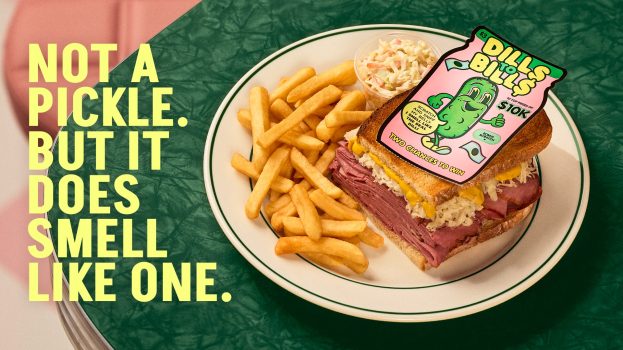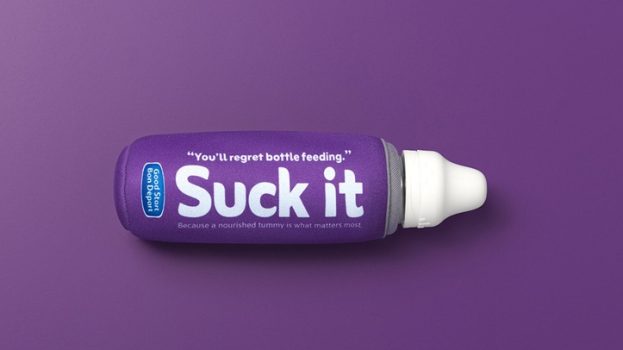Fast-casual restaurants are emerging as a growing contender to fast-food offerings within Canada’s limited-service restaurant (LSR) category.
Fast-casual grew nearly 14% in 2013, compared to fast-food’s roughly 4.5% growth, but the lines between the two are becoming blurred, according to new findings from Technomic, which offers consultancy and data on food and the food service industry.
Its updated “Canadian Future of LSR: Fast-Food & Fast-Casual Restaurant Consumer Trend Report” suggests the fast-casual segment, which positions itself between quick and full service with high-quality, yet affordable offerings, is set to expand within categories such as pizza, burger, sandwich and Mexican. Meanwhile, fast-food aims to keep up by pushing an “upscale perception” with menu and ambiance, yet maintaining low price points.
The report identifies 10 key trends:
LSR segment lines are blurred
Consumers can’t easily differentiate clearly between fast-casual and fast-food concepts, with the latter evolving to keep up with competition within its segment, plus fast-casual offerings. As consumers visit these restos based on immediate needs, those that can best accommodate patrons’ various needs, which could be based on the type of food or service (such as wanting to pick up something quickly versus sitting and enjoying the ambience), and occasions, while evolving, will most likely do well.
While consumers report frequent fast-food visits, fast-casual growth outpaces the industry
Fast-casual will continue to grow, according to the report, which means fast-food will need to respond by making the consumers’ experience more high-end, yet offering low price points.
Low prices are still critical, but fewer of today’s LSR customers are cutting back
The report highlights the risk of racing to the bottom with price (though low price points can be helpful), as quality perception could be hindered.
Ambiance, a strength of fast casuals, is key across the LSR segment
Store remodels have led to sales growth at some fast-food restos, and ramping up the experience can help QSRs differentiate and compete.
Delivery could be a significant differentiator, especially among young consumers
It’s not a one-size-fits-all approach for every brand, but restos could consider select periods of delivery for a fee. The report finds LSR delivery could encourage about one-fifth of young consumers to order, as those aged 18 to 34 depend more on delivery services than older customers.
Extras, such as loyalty programs and Wi-Fi, may help boost patronage
One-third of consumers say free Wi-Fi could encourage them to go to a resto, while more than two-fifths say loyalty programs could get them through the door.
Health is important for LSR occasions, especially at fast-casuals
Items deemed “real” or “made-in-house” can sway LSR consumers, while about 25% want more salad options. Healthy options are considered important to consumers at QSRs (49%) and fast-casual (54%).
Convenience is paramount overall, but manifests differently across LSR sub-segments
The ability to order online, on mobile or to call ahead is more important at fast-casuals, but offering quick service and a convenient location is more of a priority for fast-food consumers.
Sandwiches, an ideal innovation platform, are top of mind at LSRs
Consumers want more sandwich innovation, while grilled and toasted sandwiches are ripe to grow, according to the report.
Coffee fuels fast-food visits, while fast-casuals differentiate with adult beverages
An opportunity for adult beverages could exist in the LSR category. At fast casuals, 27% of men (22% overall) want to see more, while 21% of millennials (15% overall) wants to see them at fast-food joints.
“Limited-service concepts will need to keep upscaling their dining experience without sacrificing their lower print points or value message,” said Darren Tristano, executive vice president, Technomic, in a release. “To continue taking share, fast-casuals should concentrate on improving speed and convenience via tech innovations like mobile-app or kiosk ordering and payment systems.”
Sales from the LSR category represent more than half of restaurant sales – with 2013 earnings of $23 billion signalling a 3.5% growth from the previous year. According to the report, in 2014 it’s expected to increase by 4.2%.
Image via Shutterstock
























